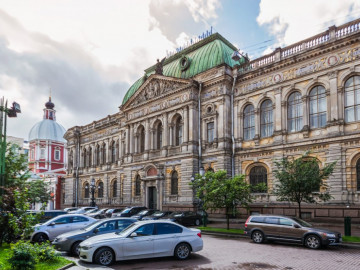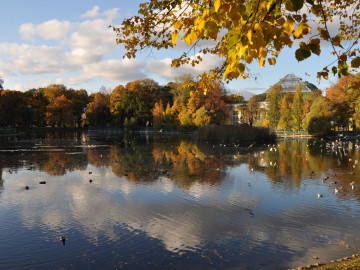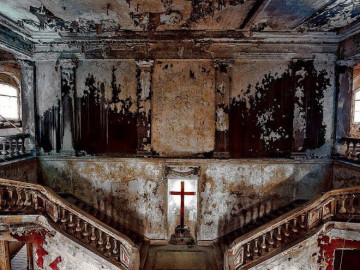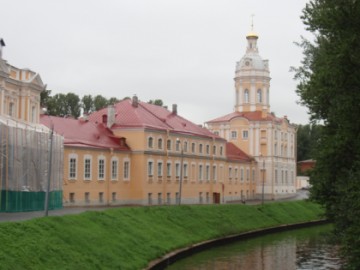Smolny Convent: Noble Maidens and the Decree on Peace
The Smolny Convent is not only a School for Noble Maidens, which later became the headquarters for the preparation of the October Revolution, but also a cathedral in the homonymous monastery complex. The history of the complex began in 1744, when a nunnery was founded on Smolny Dvor by the decree of Empress Elizabeth, at which it was supposed to build a temple and a privileged boarding school for daughters of the aristocracy. A five-domed white-and-blue Smolny Cathedral was built upon Rastrelli’s design in the style of the magnificent Elizabethan Baroque, the construction of which lasted almost a century due to lack of funds.
In 1764, Catherine II founded an educational institution for girls from noble families at the Smolny Convent, for which it was necessary to erect a new building. But the cells were not adapted for the classes, and the nuns were unable to teach, so the Smolny Convent was abolished. The building of the Institute to the south of it was built upon Quarenghi’s project only in 1806. After 111 years, on the eve of the Revolution, the Institute moved to Novocherkassk and Smolny became a center of the October Revolution. It housed the Petrograd Soviet of Workers' and Soldiers' Deputies, and in October 1917, Lenin arrived at Smolny, from where he directed the coup. In the same 1917 the Smolny received the Russian Congress of Soviets, which signed the Decree on Peace and the Decree on Land. The cathedral was closed in 1931, and the whole church property was confiscated. In 1990-2015 the cathedral housed a concert and exhibition hall, and the first divine service after 1917 was held here in 2011. Today the building of the Smolny Convent is used by St. Petersburg State University Department of Sociology, and the Smolny Institute serves as a seat of the governor of St. Petersburg.






































